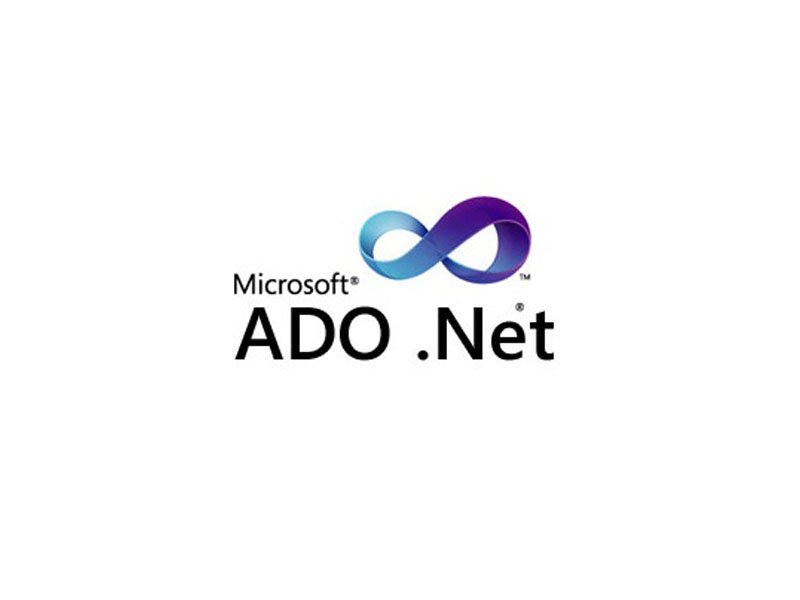ADO.NET Tutorial

ADO.NET Tutorial: Learn Data Access and Management for Web Development
ADO.NET is a data access framework used by developers to interact with data sources, including databases, XML files, and other data stores. In this comprehensive tutorial, you will learn how to work with ADO.NET to build data-driven applications.
The course starts with an introduction to ADO.NET, covering its architecture and key features. You will learn how to connect to different data sources and how to use different data providers, such as SQL Server, Oracle, and OLE DB.
The tutorial then covers how to create, read, update, and delete data using ADO.NET. You will learn how to use the different classes and methods provided by ADO.NET, such as DataReader, DataSet, and LINQ to DataSet, to work with data.
In addition, the tutorial covers advanced topics in ADO.NET, such as transaction management, concurrency, and performance tuning. You will learn how to use transactions to maintain data consistency, how to handle concurrency issues, and how to optimize performance using caching and connection pooling.
The tutorial also covers using ADO.NET with other technologies, such as ASP.NET and WCF, and how to deploy your applications to different environments.
Key features of this ADO.NET tutorial include:
- Hands-on experience working with ADO.NET to build data-driven applications
- In-depth coverage of data access concepts, including connecting to different data sources and using different data providers
- Advanced topics such as transaction management, concurrency, and performance tuning
- Real-world examples and case studies of using ADO.NET with other technologies and frameworks
- Step-by-step instructions and code examples for easy learning and implementation
Benefits of learning ADO.NET include:
- Improved ability to work with different data sources and providers, making you a more versatile developer
- Increased productivity and code maintainability through efficient data access
- Ability to optimize application performance through caching and connection pooling
- Opportunities to use ADO.NET with other technologies and frameworks, such as ASP.NET and WCF, to build robust and scalable applications
- Increased job opportunities and career growth in the software development industry.
